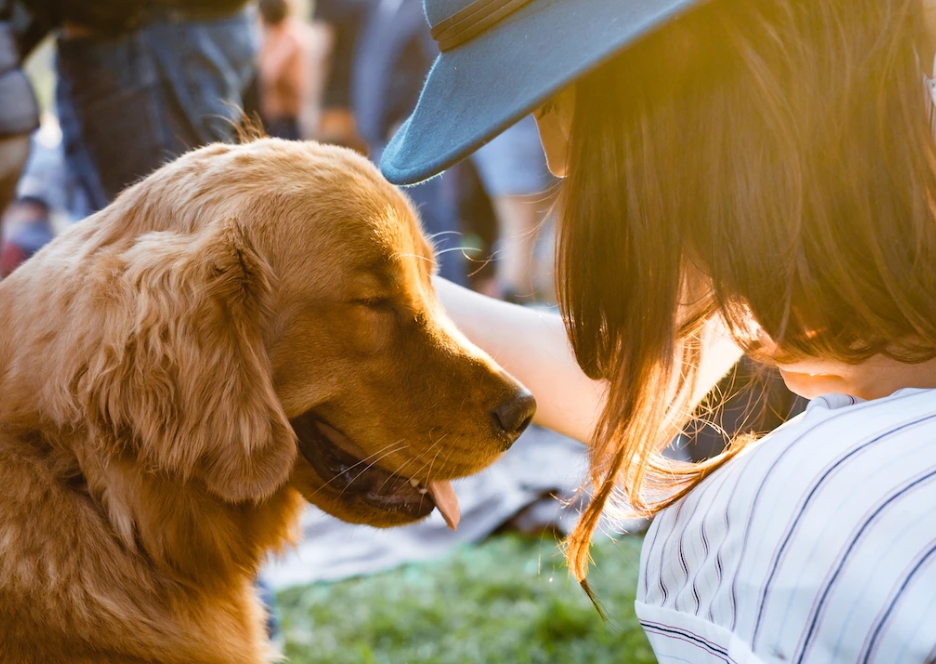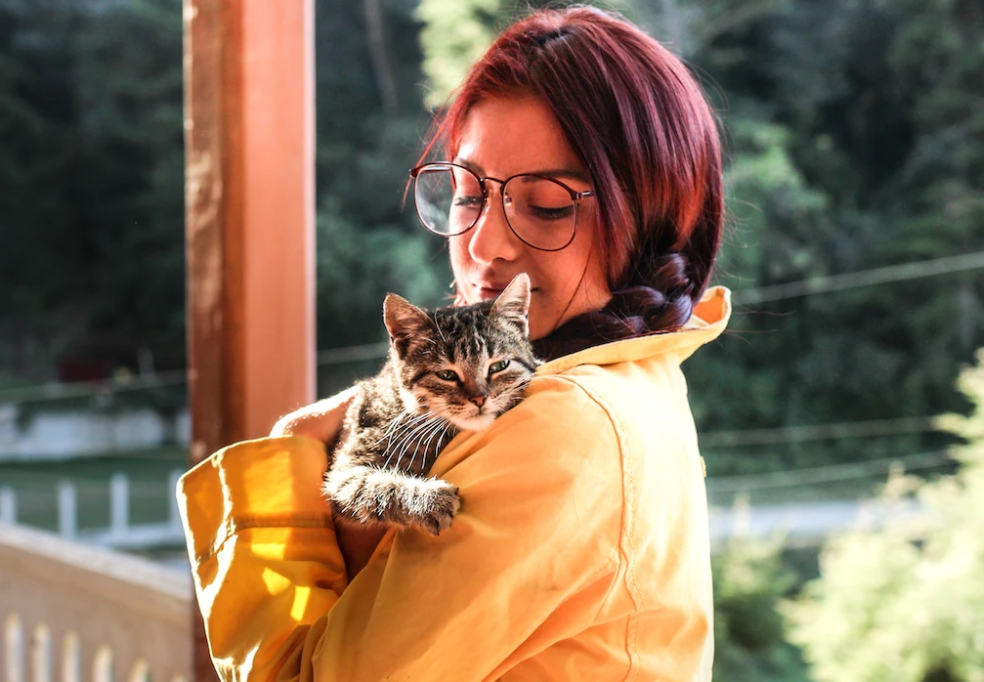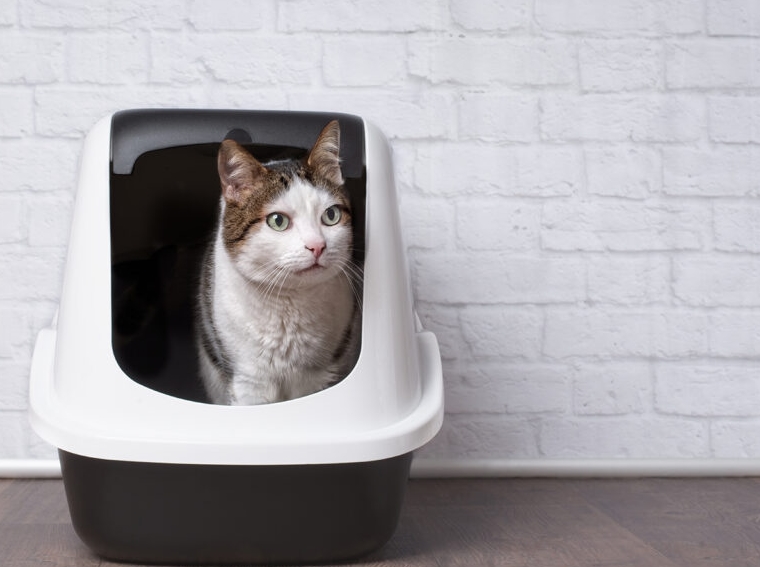Importance of Training Your Family Pet
Training your family pet is an essential aspect of responsible pet ownership. A well-trained pet can bring immense joy and companionship to your family, while an untrained pet can create stress and frustration. Training can help your pet learn good behaviors and obedience, making them easier to live with and safer. A poorly behaved pet can cause damage to your home, chew on furniture or other items, and even pose a danger to other people or animals. By providing proper training to your pet, you can avoid these issues and enjoy a harmonious home environment. Additionally, training can help strengthen the bond between you and your pet, as it fosters communication and mutual understanding. In this blog post, we will provide some tips and guidance on how to train your family pet for a happier home, allowing you to experience the many benefits of a well-trained and well-behaved pet.
Understanding Your Pet’s Needs and Behaviors

Understanding your pet’s needs and behaviors is an essential step toward successful training. Pets have unique personalities and ways of communicating, and it’s essential to understand their body language, vocalizations, and behavior patterns. Observing your pet’s behavior can help you identify their needs, such as when they are hungry, tired, or in need of exercise. You should also examine their body language to determine when they feel scared, anxious, or happy. Understanding your pet’s behavior is also crucial in identifying potential behavior problems, such as barking excessively, chewing on furniture, or digging holes in the garden. These behaviors can be symptoms of an underlying issue that needs to be addressed. By understanding your pet’s needs and behavior, you can better communicate with them, build trust, and train them effectively. In the next section, we will provide tips on how to read your pet’s body language and understand their behavior patterns, helping you develop a deeper connection with your pet and create a happier home.
do not miss the article The Ultimate Guide to Choosing the Perfect Family Pet
Setting Training Goals: What Do You Want Your Pet to Learn?
Setting training goals is an important step toward effective pet training. It’s essential to have a clear idea of what you want your pet to learn, as it will help you create a structured training plan and track your progress. Start by identifying the specific behaviors you want to teach your pet, such as “sit,” “stay,” “come,” and “heel.” These are basic commands that all pets should learn, and they will serve as a foundation for more advanced training. Once you have identified the behaviors you want to teach, break them down into small, achievable steps. For example, if you want to teach your pet to “sit,” start by rewarding them for lifting their head or looking up at you. Then, move on to rewarding them for sitting down, and eventually, add the verbal command “sit.” It’s important to be patient and consistent when setting training goals. Avoid overwhelming your pet with too many commands or expecting too much too soon. Instead, focus on one behavior at a time, and gradually add more commands as your pet progresses. Finally, always reward your pet for good behavior, as positive reinforcement is the most effective training technique. In the next section, we will provide more tips on positive reinforcement training and other effective training techniques, to help you train your pet for a happier home.
Positive Reinforcement: The Key to Effective Training

Train Your Cat in 5 Simple Steps: A Beginner’s Guide
Positive reinforcement is the most effective training technique for pets. This technique involves rewarding your pet for good behavior, such as obeying a command or displaying appropriate behavior. The reward can be a treat, verbal praise, or a toy, and it should be given immediately after the desired behavior is displayed. Positive reinforcement works by strengthening the bond between you and your pet and promoting desirable behaviors while discouraging unwanted behaviors. By rewarding good behavior, you are reinforcing the idea that the behavior is desirable and should be repeated. Conversely, ignoring or punishing unwanted behavior can cause stress and anxiety in your pet and may even make the behavior worse. Positive reinforcement can also be used to train your pet to do more complex tasks, such as retrieving an object or performing a trick. By breaking down the task into smaller steps and rewarding each step, you can train your pet to perform the entire task. Positive reinforcement is a gentle, effective, and humane training technique that can help you build a positive relationship with your pet and create a happier home. In the next section, we will provide tips on using positive reinforcement in your training and other effective training techniques.
Basic Commands Every Pet Should Know
Teaching your pet basic commands is an essential part of pet training. These commands are the foundation of all training and can help you establish a strong relationship with your pet. The most important basic commands that every pet should know include “sit,” “stay,” “come,” and “heel.” The “sit” command teaches your pet to sit down on command, which can be useful in a variety of situations, such as when greeting guests or at mealtime. The “stay” command teaches your pet to stay in place until released, which can be helpful for safety reasons or when you need your pet to stay out of the way. The “come” command teaches your pet to come to you when called, which can be essential for safety reasons or when your pet is off-leash. The “heel” command teaches your pet to walk beside you without pulling, which can make walks more enjoyable for both you and your pet. These basic commands can be taught using positive reinforcement techniques, such as rewarding your pet with treats or praise. Start by teaching one command at a time and gradually add more commands as your pet progresses. Remember to be patient and consistent, and always reward your pet for good behavior. By teaching your pet these basic commands, you can create a well-behaved and obedient pet that is a joy to be around.
Addressing Common Behavior Problems

Even with the best training, pets can still exhibit unwanted behaviors. However, with patience and persistence, these behaviors can be corrected. Some common behavior problems that pets exhibit include jumping up on people, chewing on furniture, barking excessively, and digging in the yard. To address these problems, it’s important to identify the root cause of the behavior. For example, a pet that jumps up on people may be seeking attention or may be overly excited. To address this behavior, it’s important to teach the pet an alternative behavior, such as sitting or lying down, and to reward them for displaying this behavior instead. Chewing on furniture or other household items may be a sign of boredom or anxiety, so it’s important to provide your pet with plenty of toys and mental stimulation to keep them occupied. Excessive barking can be a sign of boredom or anxiety, so it’s important to provide your pet with plenty of exercises and mental stimulation to help alleviate these feelings. Digging in the yard can be a sign of boredom or maybe a natural instinct, so it’s important to provide your pet with a designated area for digging, such as a sandbox or designated digging area. By addressing these common behavior problems and providing your pet with appropriate outlets for its natural instincts, you can create a happier home for both you and your pet.
Pet Training Tips for Children and Other Family Members
When training your family pet, it’s important to involve other family members, including children. However, it’s important to ensure that everyone is on the same page and using consistent training techniques. Here are some tips for training your pet with other family members:
Teach everyone the same commands
It’s important to teach everyone in the household the same commands and signals to use with your pet. This helps to ensure consistency in training and prevents confusion for your pet.
Supervise interactions
When young children are involved in pet training, it’s important to supervise their interactions to ensure everyone’s safety. Teach children to approach the pet calmly and avoid rough play.
Use positive reinforcement
Encourage family members to use positive reinforcement techniques when training your pet. Reward good behavior with treats or praise to help reinforce the behavior.
Keep training sessions short
It’s important to keep training sessions short and fun to prevent your pet from becoming bored or frustrated. Try to keep training sessions to 10-15 minutes at a time.
Be patient when training a pet
Remember that training your pet takes time and patience. Encourage everyone to be patient with your pet and to celebrate small successes along the way.
By involving everyone in the household in pet training and using positive reinforcement techniques, you can create a happier home for both you and your pet.
Maintaining Consistency
Consistency is key when it comes to training your family pet. It’s important to incorporate training into your daily routine to help reinforce the behaviors you want to see in your pet. Here are some tips for maintaining consistency:
Set aside time for training
Schedule training sessions into your daily routine to ensure that you’re consistently working with your pet. This can be as simple as spending 10-15 minutes each day working on a specific behavior.
Use consistent cues and rewards
It’s important to use consistent cues and rewards when training your pet. Use the same verbal cues and hand signals each time you work on behavior, and use consistent rewards such as treats or praise.
Practice outside of training sessions
Reinforce your pet’s training by practicing behaviors outside of designated training sessions. For example, if you’re working on “sit,” ask your pet to sit before feeding them or before going for a walk.
Enlist help when needed
If you’re struggling to maintain consistency, consider enlisting the help of a professional trainer or behaviorist. They can provide additional guidance and support to help you and your pet succeed.
By incorporating training into your daily routine and maintaining consistency in your cues and rewards, you can help reinforce the behaviors you want to see in your pet and create a happier home for everyone.
The Benefits of a Well-Trained Pet: A Happier Home for Everyone

Training your family pet can have many benefits, both for you and your pet. Here are some of the key benefits of a well-trained pet:
Better behavior and Improved safety
A well-trained pet is less likely to engage in destructive or undesirable behaviors, such as chewing, digging, or jumping on people. Pets are less likely to pose a safety risk to themselves or others. For example, a trained dog is less likely to run into traffic or become aggressive with strangers.
More robust bonds and Increased socialization
Training can help strengthen the bond between you and your pet. It can also help your pet feel more secure and confident, which can lead to improved behavior and less anxiety. A well-trained pet is more likely to be well-socialized and comfortable around other people and pets.
Happier home
Overall, a well-trained pet can help create a happier home for everyone. With fewer behavior issues and a stronger bond between you and your pet, you can enjoy a more positive and fulfilling relationship with your furry friend.
By investing time and effort into training your family pet, you can reap these benefits and create a happier home for both you and your pet.
Conclusion of How to Train Your Family Pet
Training your family pet is an important part of responsible pet ownership. By understanding your pet’s needs and behaviors, setting clear training goals, using positive reinforcement, and maintaining consistency, you can create a happier home for everyone.
Remember, training doesn’t end once your pet has learned basic commands. Ongoing training can help reinforce good behavior and prevent bad habits from developing. It’s also important to remember that every pet is unique and may require different training techniques or approaches.
As a responsible pet owner, it’s up to you to ensure that your pet is well-trained and well-behaved. By investing time and effort into training, you can enjoy a stronger bond with your pet, improved behavior, and a happier home.
So, whether you’re just starting out with training or looking to reinforce good behaviors, remember to use positive reinforcement, be consistent, and practice patience. With time and effort, you and your pet can enjoy a fulfilling and rewarding relationship for years to come. Here is a guideline for overall Animal training – Wikipedia
Hello reader and pet lover, our goal is to make your pets more comfortable and healthy life. Your comments are very valuable so leave your comments. Thanks, once again.
